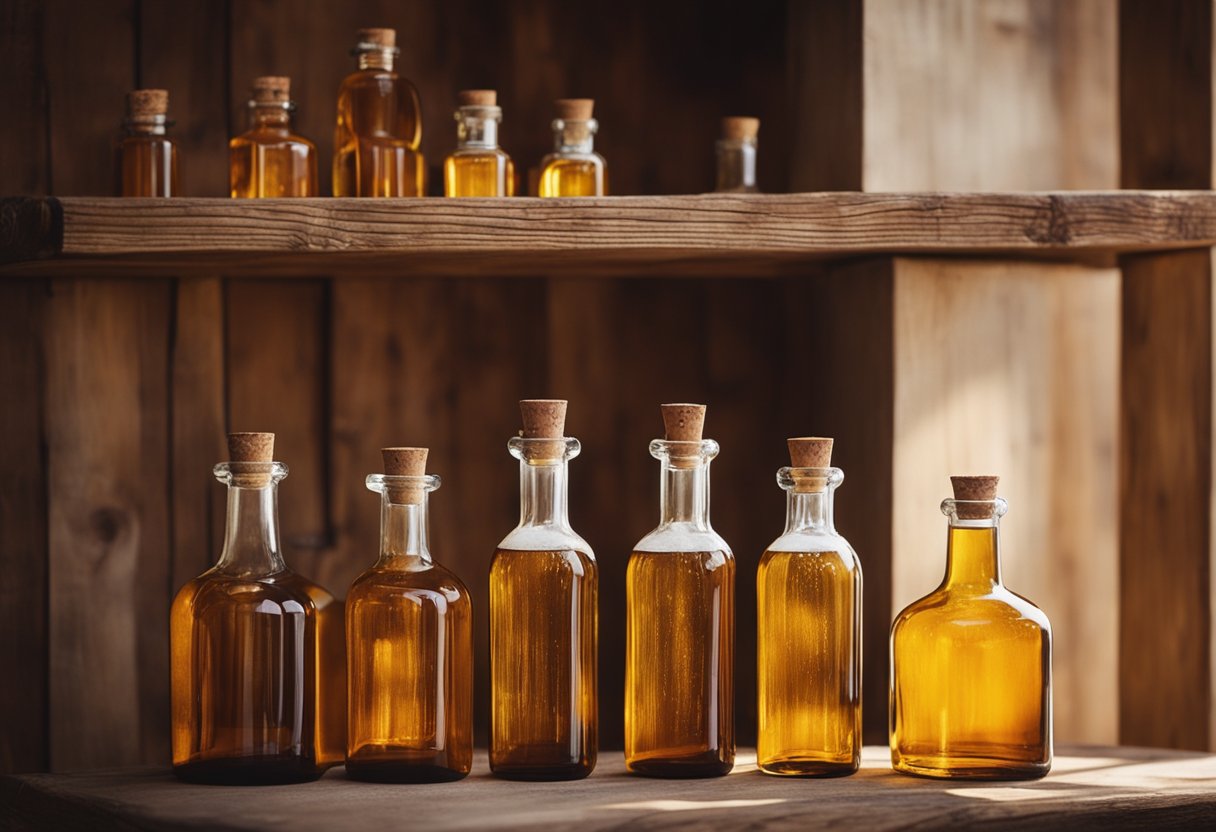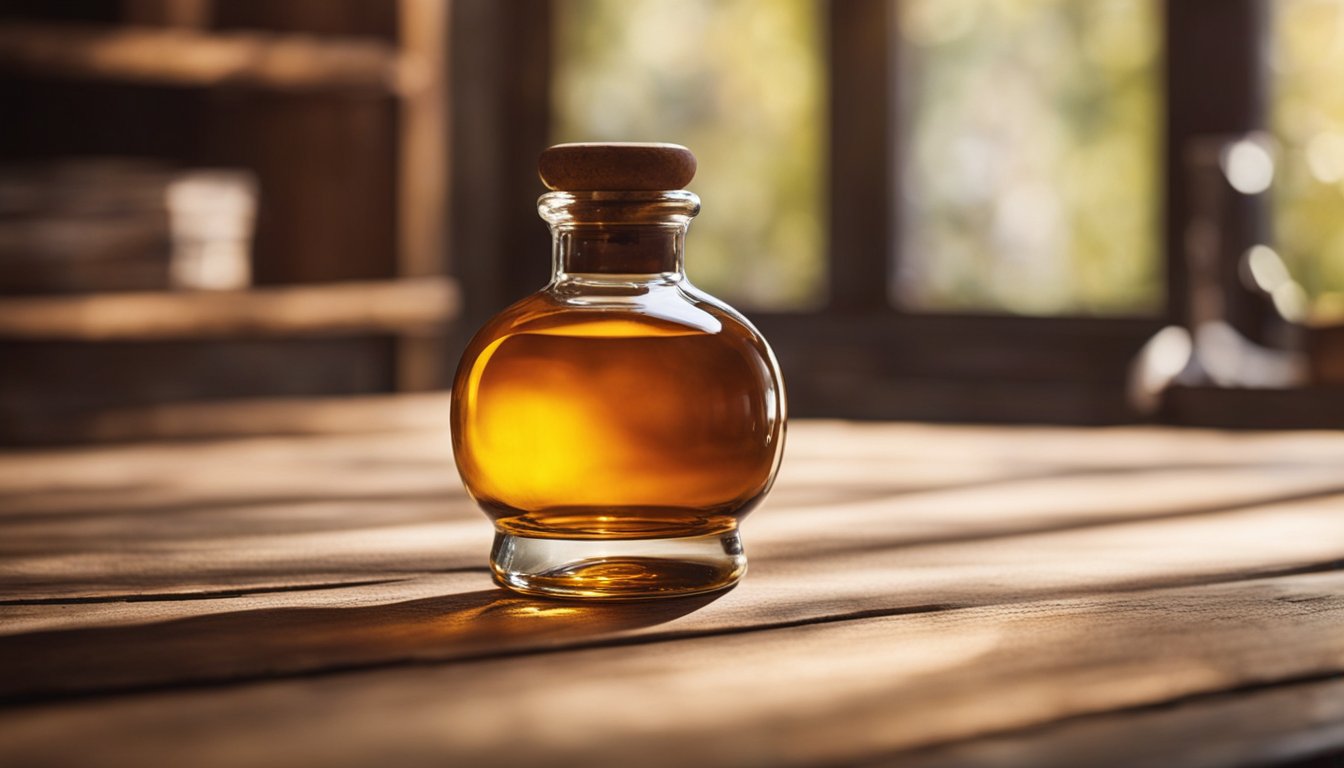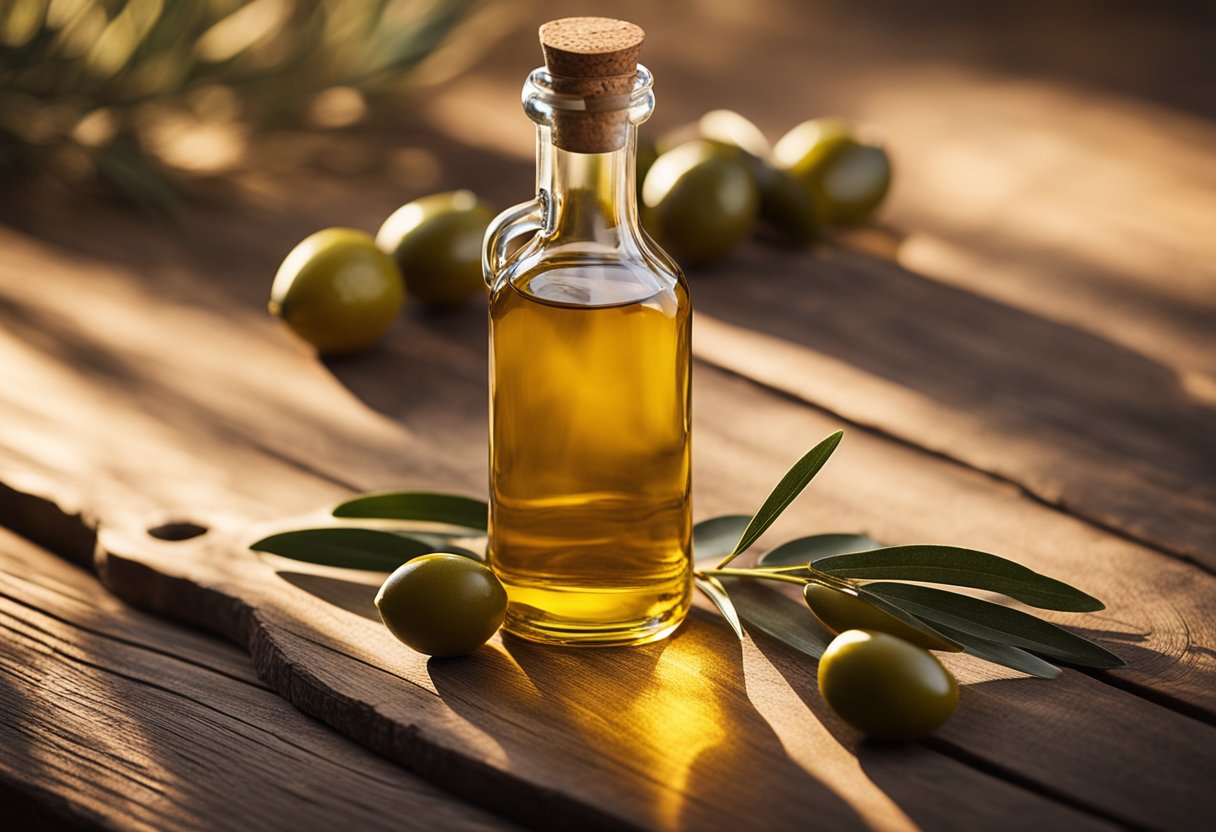If you are a beer drinker, you are likely familiar with the beer bottle. Beer bottles are a popular container for beer, and they come in a variety of shapes and sizes. They are typically made of glass, although there are also plastic and aluminum beer bottles available. Glass beer bottles are the most common type, and they are often brown or green in color to reduce spoilage from light.

Beer bottles are designed to keep beer fresh and carbonated. They are typically sealed with a bottle cap or a crown cap, which helps to keep the beer inside the bottle and prevents air from getting in. Some beer bottles also come with a swing top, which is a reusable cap that can be opened and closed with a metal clasp. Swing top bottles are popular for homebrewing and craft beer because they are easy to use and can be reused multiple times.
History of Beer Bottles

Origins and Evolution
Beer bottles have been around for centuries, and their design has evolved over time. The earliest recorded description of beer brewing and bottles dates back to an ancient clay tablet from 1800 B.C Sumer, historically the area between the Tigris and Euphrates rivers [1]. The first beer bottles were made of clay, and later, glass bottles came into use.
In the late 1840s to 1850s, a new style of beer in America called lager, led to the development of a new style of beer bottle [2]. The first early lager bottles had a shape similar to that of today’s mineral water bottles, with very sloped shoulders and longer necks. By the 1850s, ale and lager shared the same shaped beer bottles, which were like those of the early mineral water bottles.
Technological Advancements
The development of beer bottles continued with the introduction of the crown cap in 1892 by William Painter [3]. This invention allowed for a reliable seal on the bottle, which was an improvement over the previous corks and wire cages. The crown cap was made of metal and had a corrugated edge that gripped the bottle’s lip, making it easy to remove.
The next major advancement in beer bottle technology came with the introduction of the screw cap in 1870 by Henry Barrett, an Englishman [4]. For the first time, a partially consumed bottle of beer could be resealed reliably.
In the 20th century, beer bottles continued to evolve with the introduction of the long-necked bottle in the 1930s [2]. This design allowed for easier handling and pouring of beer. In the 1960s, the first aluminum beer cans were introduced, which were lighter and more durable than glass bottles. Today, beer bottles come in various shapes and sizes, from the traditional long-necked bottle to the more modern stubby bottle.
Overall, the history of beer bottles is a fascinating one that spans centuries. From the earliest clay bottles to the modern aluminum can, the design and technology behind beer bottles have come a long way.
Manufacturing Process

Materials Used
The primary material used in the production of beer bottles is glass. The glass is made by melting silica sand, soda ash, limestone, and other additives together in a furnace at extremely high temperatures. The mixture is then homogenized and refined to remove any impurities. The resulting molten glass is then shaped into bottles.
Bottle Forming Techniques
There are several techniques used to form glass bottles, including:
- Blow and Blow Process: This process involves blowing air into a parison, which is a hollow glass tube. The parison is then transferred to a mold where it is blown into the desired shape.
- Press and Blow Process: This process uses an individual section (IS) machine, which is separated into varying sections to produce several containers of the same size simultaneously. The process involves pressing the molten glass into a preform, which is then blown into the final shape.
- Narrow Neck Press and Blow Process: This process is similar to the press and blow process, but is used for bottles with narrow necks. The process involves pressing the molten glass into a preform, which is then blown into the final shape using a plunger.
Once the bottle has been completely formed, it is removed from the mold and sent to a lehr, which is a temperature-controlled oven that anneals the glass to remove any stresses. The bottles are then inspected for quality and sent for packaging.
Overall, the manufacturing process of beer bottles involves melting glass, shaping it into bottles using various techniques, and annealing the bottles to remove any stresses. The process requires precision and attention to detail to ensure that the bottles are of high quality and meet industry standards.
Types and Styles of Beer Bottles

When it comes to beer bottles, there are different types and styles to choose from. In this section, we will discuss the most common types and styles of beer bottles.
Standard Bottles
Standard beer bottles are the most common type of beer bottle available in the market. They come in different sizes, but the most common sizes are 12 oz and 22 oz. These bottles are made of glass and have a long, narrow neck. They are designed to hold carbonated drinks, which is why they have a thick glass base that can withstand pressure.
Standard bottles can also come in different colors. The most common colors are brown and green. Brown bottles are preferred by many breweries because they block out more light than green bottles, which helps to preserve the beer’s flavor and quality for a longer time.
Specialty Bottles
Specialty beer bottles are designed to hold specific types of beer. They come in different shapes and sizes, and they are often made of different materials. For example, some specialty bottles are made of ceramic, while others are made of aluminum.
One type of specialty beer bottle is the Belgian beer bottle. These bottles are often larger than standard bottles, and they have a cork stopper instead of a twist-off cap. The cork stopper helps to keep the beer carbonated and fresh for a longer time.
Another type of specialty beer bottle is the swing-top bottle. These bottles have a ceramic stopper that is held in place by a metal wire. The stopper can be easily removed and replaced, which makes them a popular choice for homebrewers.
Choosing the right beer bottle for your beer is important. Standard bottles are the most common type of beer bottle, but specialty bottles can add a unique touch to your beer. When choosing a beer bottle, consider the size, shape, and color of the bottle, as well as the type of beer you are brewing.
Labeling and Branding
Label Design
When it comes to beer bottles, labeling and branding are essential components that can make your beer stand out from the rest. A well-designed label can attract customers and create a lasting impression. The design should be eye-catching and reflect the personality of the beer. You can use bold colors, unique fonts, and creative graphics to make your label stand out.
It’s essential to choose the right label size and shape for your beer bottle. Standard beer bottle label sizes are 2.75″ x 4.25″, 3.25″ x 4″, and 5″ x 2″. Another consideration is the type of bottle: 12 oz. standard, 20 oz. bomber, or some custom container of your design. Rounded corners can also add a softness that balances the stability and reliability that squares and rectangles generate.
Marketing Strategies
Once you have designed the perfect label, it’s time to market your beer. Marketing strategies can help you reach more customers and increase sales. You can use social media platforms, such as Facebook, Instagram, and Twitter, to promote your beer. You can also participate in beer festivals and events to showcase your product.
Collaborating with other businesses can also help you market your beer. You can work with restaurants, bars, and other retailers to offer your beer. You can also offer discounts or promotions to attract new customers.
Labeling and branding are crucial for marketing your beer. A well-designed label can attract customers and create a lasting impression. It’s essential to choose the right label size and shape for your beer bottle. Marketing strategies can help you reach more customers and increase sales. Collaborating with other businesses can also help you market your beer.
Recycling and Sustainability
Environmental Impact
Beer bottles have a significant environmental impact due to their production, transportation, and disposal. The production of beer bottles requires a lot of energy and resources, and the transportation of empty and full bottles can contribute to greenhouse gas emissions. Additionally, when beer bottles are not properly disposed of, they can end up in landfills where they can take hundreds of years to decompose.
To reduce the environmental impact of beer bottles, many breweries are turning to sustainable practices. This includes using recycled materials in the production of bottles, reducing the weight of bottles to use less material, and implementing recycling programs for used bottles. By implementing these practices, breweries can reduce their carbon footprint and help protect the environment.
Reuse and Repurpose Initiatives
Another way breweries are promoting sustainability is through reuse and repurpose initiatives. One example is the refillable beer bottle program, where customers can return used bottles to the brewery to be cleaned and refilled. This reduces waste and promotes a circular economy.
Some breweries are also repurposing used bottles into new products. For example, glass bottles can be crushed and used as a base material for roadways or as a component in construction materials. This reduces the need for virgin materials and diverts waste from landfills.
Overall, recycling and sustainability initiatives are important for the beer industry to reduce its environmental impact. By using recycled materials, reducing waste, and promoting reuse and repurpose initiatives, breweries can help protect the environment and promote a more sustainable future.
Frequently Asked Questions
How many milliliters are in a standard beer bottle?
The standard beer bottle size is 12 ounces, which is approximately 355 milliliters. However, beer bottles can come in various sizes, ranging from 7 ounces to 22 ounces.
What factors influence the price of a beer bottle?
The cost of a beer bottle can vary depending on several factors, including the type of glass used, the size of the bottle, and the design of the bottle. Additionally, the cost can be influenced by the quantity ordered, with larger orders often resulting in lower per-unit prices.
What types of glass are used for beer bottles?
Beer bottles are typically made from either brown or green glass. Brown glass is the most common and is preferred by many breweries because it provides better protection against light, which can cause beer to spoil. Green glass is less common and can allow more light to penetrate the bottle, which can cause “skunking” and affect the taste of the beer.
Which brands are known for their quality beer bottles?
There are several brands that are known for producing high-quality beer bottles, including Anchor Hocking, Owens-Illinois, and Ardagh Group. These companies produce a wide range of glass products, including beer bottles, and are known for their durability and reliability.
How do I purchase beer bottles in wholesale quantities?
If you are looking to purchase beer bottles in wholesale quantities, there are several options available. You can contact glass manufacturers directly, or you can work with a distributor who specializes in glass products. Additionally, many online retailers offer bulk purchasing options for beer bottles.
What are the standard dimensions for a beer bottle label?
The standard dimensions for a beer bottle label can vary depending on the size of the bottle. For a 12-ounce bottle, the label is typically 3.5 inches wide and 4 inches tall. However, it is important to check with your label printer or manufacturer to ensure that your label will fit properly on your specific bottle size.











